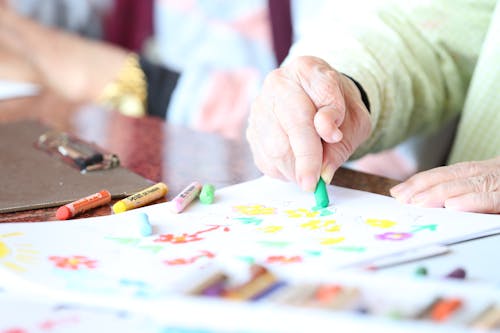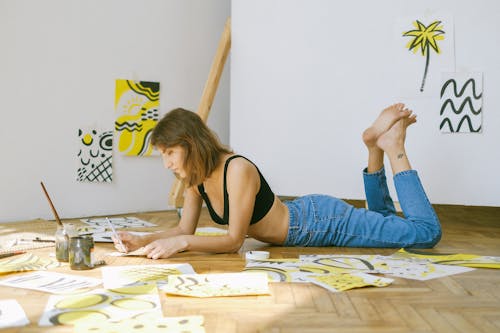Art therapy is one of the most effective ways to improve the health and well-being of seniors. With art therapy, seniors can have a long and fulfilling life devoid of common emotional, mental, and even physical health problems.
Art therapists help seniors to apply various art therapy techniques to address some of the difficulties they might be facing.

Here are some of the perks that seniors can gain from art therapy
Better cognitive function
As adults get older, there is a tendency for their cognitive function to slow down. However, with art therapy, seniors can have their senses stimulated so that they can become more active and sharper. If they are not familiar with art therapy, it helps them think better.
It is interesting to mention that art therapy helps to form neural connections in the brain, some of these connections may have slowed down as they got older.
Improved mood
Another benefit of art therapy for seniors is that it helps to improve their mood. For seniors struggling with depression, anxiety, and stress, art therapy helps them feel better.
Some studies have shown that seniors who do any type of creative arts are less likely to experience some symptoms of depression, loneliness, and anxiety.
Hence, with art therapy, seniors have a healthy way out to channel whatever feelings or emotions they might have.
Social interaction
When seniors undergo art therapy, it is another chance for them to meet with other people. They will meet other individuals that they can easily relate with. This helps them to form new relationships that may last over time.
Being a senior comes with the possibility of not having many people around you, but art therapy helps to bridge this gap by helping you socialize with people.
Improved memory
Art therapy helps seniors to retain some of their new thoughts. For seniors who have dementia and Alzheimer, they can benefit greatly from attending art therapy.






